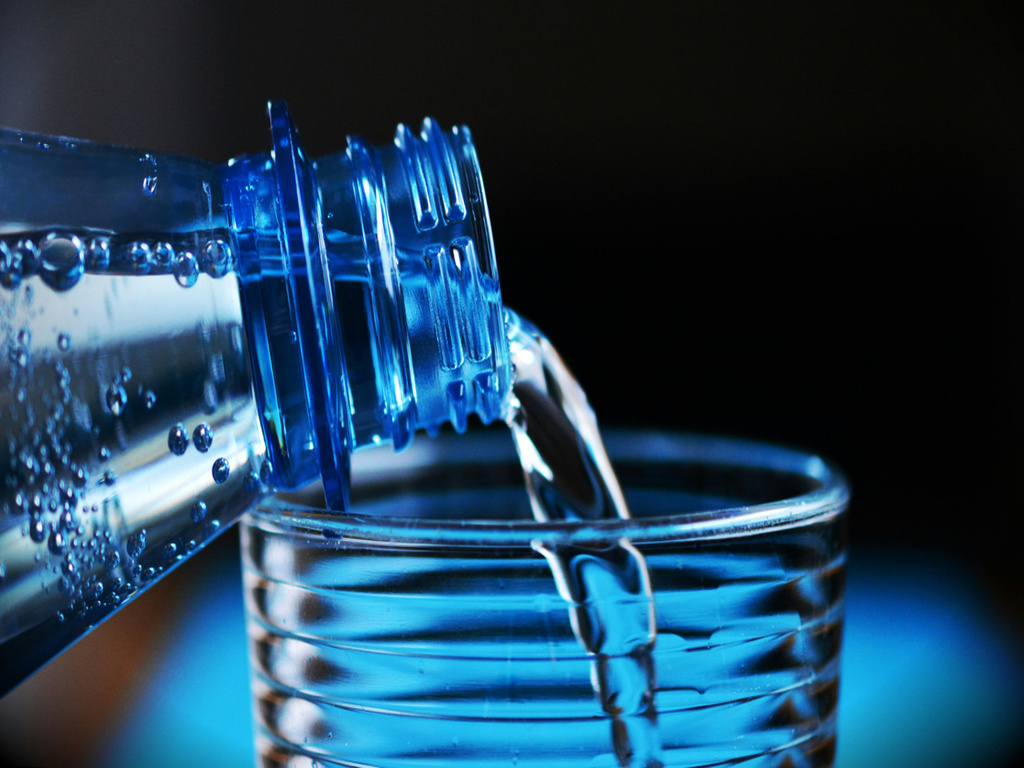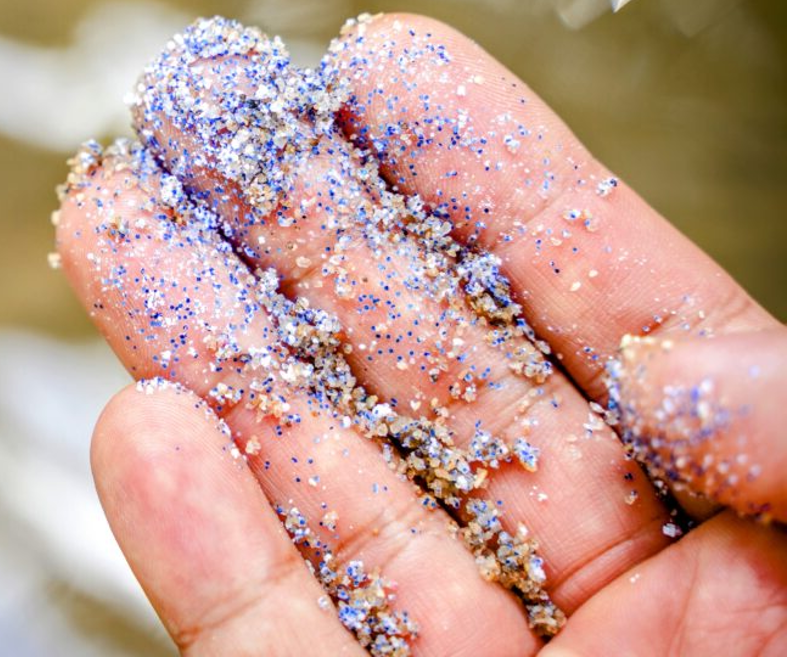Plastics Invade Bottled Water
 Unfortunately we can now add plastic to bottled water to the growing list of human health and environmental concerns. It seems tiny plastic fibers and fragments aren’t just choking the oceans and mountain tops; they have now infested the world’s drinking water.
Unfortunately we can now add plastic to bottled water to the growing list of human health and environmental concerns. It seems tiny plastic fibers and fragments aren’t just choking the oceans and mountain tops; they have now infested the world’s drinking water.
Plastic is all but indestructible, meaning plastic waste doesn’t biodegrade but rather only breaks down into smaller pieces of itself, even down to particles in nanometer scale. Thanks to sophisticated imaging technology, scientists are finding the amount of microplastics in bottled drinking water is much greater than initially estimated.
According to new research published in the Proceeding of the National Academy of Sciences, scientists discovered that a liter of bottled water can contain nearly a quarter of a million pieces of unknown microscopic plastics less than a micron in size, which was up to 100 times higher than previously believed.
In addition, Orb Media conducted tests across nine countries on over 250 individual bottles of water from eleven different major brands such as Evian, Aquafina, Dasani. The study sadly revealed that 93 percent of bottled water contained some degree of microplastics. The microplastics identified included nylon, polypropylene, and polyethylene terephthalate, among others. These particles might be introduced through plastic tubing or reverse osmosis filters used in machinery, or leach in from packaging such as plastic bottles.
THE GREATER EVIL
 The scientists who study microplastics and nanoplastics believe that “the smaller the particle size, the more dangerous it may be”. In other words, nanoparticles may have a much greater impact on health than microplastics because there are more of them, and because they can be easily absorbed inside the human body.
The scientists who study microplastics and nanoplastics believe that “the smaller the particle size, the more dangerous it may be”. In other words, nanoparticles may have a much greater impact on health than microplastics because there are more of them, and because they can be easily absorbed inside the human body.
PLASTIC ADDICTION
Some 50 billion water bottles a year or 100 million plastic water bottles per day are being consumed. Unfortunately 86% of these water bottles are added to landfill where scientists estimate it will take at least 1000 years to decompose. As a result, U.S. landfills are overflowing with 2 million tons of post-consumer P.E.T. bottles that are leaching toxic microplastic and nanoplastic into the environment.
In addition, the entire life cycle of bottled water uses fossil fuels, contributes to global warming, and causes pollution and litter. Lastly, recycled plastics aren't really recycled like you might think and it has recovery centers managing stockpiles of P.E.T. containers and bottles.
EXPERTS CLAIM THAT U.S. LANDFILL WILL REACH CAPACITY BY THE YEAR 2036
It’s imperative for our country to seek better alternatives for the environment and for future generations. Environmental concern has led to new efforts and innovations in product development concentrated on developing sustainable alternatives that will deplete stockpiles of plastic bottles and the plastic P.E.T. waste from landfill and recycling plants across the country.
BIO-BASED FIBERS - A BETTER ALTERNATIVE
Committed to protecting people and to preserving the planet, many manufacturers are taking the next step in sustainability and utilizing an Eco-friendly alternative material called recycled polyethylene terephthalate (rPET). rPET is a type of plastic made from recycled P.E.T. plastic which is typically linked to packaging and containers for food and beverages.
When it comes to P.E.T. plastic waste, rPET is certainly a better alternative. The use of recycled polyester produced from P.E.T. bottles, diverts landfill, requires fewer resources than that of new fibers, reduces reliance on fossil fuel based resources and generates fewer CO2 emissions for a small carbon footprint. Repurposing a material that does not naturally, rPET can be recycled again closing the loop. In addition, diverting P.E.T. bottles from landfill reduces soil contamination, air and water pollution and pollution from toxic microplastics.
The recycling process for rPET involves collecting used P.E.T. plastic products, cleaning and processing the plastic. Discarded P.E.T. water bottles are shredded in mass and extruded as a fiber then blended with recuperated polyester yarns to create bio-based fabric used in industrial cut-resistant sleeve protectors, work gloves and ANSI compliant high-visibility work apparel worn for traffic safety. It’s an innovative fabric that will transform the textile industry into a force for good, by implementing circular economy practices such as re-using recycled bottles to create fabric.
By reusing plastic instead of creating new plastic, we can reduce the number of resources used and the impact of plastic on the environment. However, it's still important to properly dispose of and recycle plastic to minimize its negative impact on the environment. By embracing rPET and other eco-friendly alternatives, we can reduce the impact of plastic waste and create a more sustainable future for future generations.
+shop eco-MDSassociates.com here
Monday - Friday 8:30am - 4:30pm Eastern Standard Time
Click or Call Today
Orders. Questions. Samples. Volume Discounts. Special Requests.
+(800) 274-4637 | +(716) 668-4001 | [email protected] | eco-MDSassociates.com | MDSassociates.com
"We Want You to Return Home Safely Every Day"



